
The Lord of the Rings: The Two Towers
![]()
![]()
![]()
![]()
Peter Jackson
Philippa Boyens, Peter Jackson, Stephen Sinclair, Fran Walsh (Novel: J.R.R. Tolkien)
179 min.
Elijah Wood, Sean Astin, Ian McKellen, Viggo Mortensen, Orlando Bloom, John Rhys-Davies, Billy Boyd, Dominic Monaghan, Hugo Weaving, Christopher Lee, Cate Blanchett, Marton Csokas, Ian Holm, Andy Serkis, Liv Tyler, Miranda Otto, Karl Urban, David Wenham, Bernard Hill, Brad Dourif
PG-13 for epic battle sequences and scary images
The greatest challenge for a filmmaker when crafting a trio of films to tell a single story is crafting a connecting film that doesn’t feel lost between two larger events. With the build up in The Fellowship of the Ring and the grand conclusion of The Return of the King, one would have expected the middle work, The Two Towers, to feel truncated, missing a beginning and an end. But for The Lord of the Rings trilogy, The Two Towers fits in perfectly.
Opening The Two Towers, we hear the battle between Gandalf (Ian McKellen) and the Balrog in the Mines of Moria as a vast mountain range, The Misty Mountains, unfurls in front of us. Gandalf, though to be dead at the end of the first film crawls out of a stone edifice on the top of the mountain crumples to the ground, his body broken and life fleeting from him. But Gandalf is not mortal like seven of his eight companions. A transformation occurs on the mountain top and Gandalf the Grey becomes Gandalf the White. It’s plays like the end of one story and the beginning of another, keeping the film feeling relevant and necessary.
This film follows the fellowship as it splits into two journeys. One finds our hero Frodo (Elijah Wood) and companion Sam (Sean Astin) travelling through the woods towards Mordor where they must destroy The One Ring in the fires of Mount Doom. The other tracks Aragon (Viggo Mortensen), Gimli (John Rhys-Davies) and Legolas (Orlando Bloom) as they traverse the region of Rohan pursuing a troop of orcs who’ve captured Merry (Dominic Monaghan) and Pippin (Billy Boyd) and are transporting them back to their master, Saruman (Christopher Lee).
One of th most challenging aspects to this film is that it follows two fully separated groups of characters on their various quests. Juggling the events and timelines can lead to viewer confusion if executed poorly, but director Peter Jackson does a superb job keeping everything clear and logical.
As we further explore the dynamics of the characters who were part of the fellowship, Jackson trusts his audience enough to introduce a handful of new players into the events. Shadowing Frodo and Sam, hoping to get back the ring Bilbo stole from him years before, the miserable hobbit antecedent Gollum (Andy Serkis). Emaciated and deformed from years dwelling beneath the surface of the earth, Gollum has also developed a pair of duelling personalities. One, Sméagol, a sliver of his former self, is kind, forgiving and submissive. The other, Gollum, craftily dominating the submissive side, is vile, cloying and devious. Serkis, whose physical movements were captured on computer and melded into the loathsome form of Gollum, conveys both halves with fearsome confidence. It’s a performance that dwarfs his live-action counterparts. It’s the kind of turn that could be seen as a gimmick, but Serkis is so convincing that he draws the audience in emotionally to this tragic figure.
By comparison, the cast filing the rest of the picture seem almost two dimensional, but the actors from the first film do a wonderful job giving their characters added depth in this film, holding their own at every turn.
The design work in this second film is darker and more urgent than its predecessor. The first film had a palpable sense of hope and positive expectations. As the second film draws on the first, the events become more dire and desperate. Frodo, Sam and Gollum are continually at odds with one another and the increasingly treacherous terrain only worsens their perceptions of success. In Rohan, a nation crippled by the wicked whispers of a corrupted advisor, the Autumnal landscape and overcast skies create an environment of hopelessness and despair until Aragorn and company arrive to drive out the evil influences.
Costume designers Ngila Dickson and Richard Taylor, art director Grant Major, and set decorators Alan Lee and Dan Hennah continue their impressive work with the second film, creating richly detailed environments and costumes. Each new region the audience is brought to has a distinct and varied style, from Rohan’s eqeustrian theme to the sparse woods and ravines through with Frodo and company travel. Every frame is overflowing with details giving the viewer something new to examine with each watch. The benefit of filming each part an epic trilogy simultaneously allows for less disparity between films and creates a level of continuity that otherwise would have been challenging.
To find a middle chapter of a trilogy so freshly imagined and able to stand on its own is a marvelous rarity. The Two Towers may be the most accomplished second chapter of any film franchise or trilogy in history.
September 12, 2011
Original Review
Note: This is a Resurfaced review written in 2002 or earlier. For more information, please visit this link: Resurfaced Reviews.
The union of two evil forces threatens the security of Middle-Earth as the Fellowship of the Ring, now broken by treachery, attempt to save the land from being covered in a second darkness in “The Lord of the Rings: The Two Towers”.
“The Two Towers” is the second chapter in the three-part film epic about a young hobbit whose life is changed when he becomes the unwitting possessor of an artifact of great evil and power. This artifact, called simply the One Ring, corrupts all who possess it and no one can ever be released from its hold. Here we find the adventure split to follow three separate, but distinct groups of people.
Frodo Baggins (Elijah Wood), the ring-bearer, has taken with him Samwise Gamgee (Sean Astin), into the deadly slopes of Emyn Muil where crevice and crater wait for hapless victims to lose themselves within. It is there they finally meet Gollum (Andy Serkis), a piteous creature whose life has been spent in service to the One Ring and who has pursued it across all the lands of Middle Earth. It is his desire to retrieve his lost possession, his “Precious” at all costs.
The second group, led by noble Aragorn (Viggo Mortensen), has gone in pursuit of Meriadoc Brandybuck (Dominic Monaghan) and Peregrin Took (Billy Boyd) who’ve been captured by a band of Uruk-Hai. The Uruk-Hai are creatures created by Saruman the White (Christopher Lee) who he hopes to use to capture the One Ring for himself. Aragorn has with him the remaining members of the Fellowship, Legolas the Elven archer (Orlando Bloom) and Gimli, the Dwarven fighter (John Rhys Davies). Together they not only seek the missing hobbits but also help to save a kingdom from extinction.
The third group is that of Peregrin and Meriadoc, known simply as Pippin and Merry, who find their escape from the band of Uruk-Hai and seek shelter inside the wood of Fangorn where they meet the fantastical creatures known simply as Ents.
“The Two Towers” is more epic and expansive than “The Fellowship of the Ring”. The first film set the characters up beautifully, but “The Two Towers” gives each of them more depth of personality. We watch Frodo slowly fall to the ring through Wood’s sensitive performance. We watch Sam grow from a carefree gardener to a faithful and devoted companion whose only goal is to bring him and his friend home again. We also watch the bitter hatred between Elves and Dwarves melt away as Gimli and Legolas learn to tolerate and even respect one another.
Much of this exposition is thanks to the performers themselves. The ensemble of “The Two Towers” improves with every minute and perhaps the greatest characters of all time become alive before our very eyes, a feat that most would think unimaginable. Some broader character development and new characters help continue to flesh out the story of “The Lord of the Rings”. Here we meet King Théoden of Rohan (Bernard Hill) who has been corrupted by Saruman through his advisor Grima Wormtongue (Brad Dourif). We also meet Théoden’s niece and nephew, Eowyn (Miranda Otto) and Eomer (Karl Urban). Eomer is a resolute warrior whose skill on horseback is unquestioned. His sister Eowyn is beautiful and compassionate, but as capable as any man with a sword. We also meet Boromir’s brother Faramir (David Wenham) who meets Frodo during a skirmish with a Haradrim garrison.
However, the most important character in the second chapter is one whose soul has been corrupted by the ring. Played masterfully by Andy Serkis, Gollum is a pitiful character who suffers from his desire to possess the ring while his inner soul, lost many years before, Sméagol attempts to break free. Serkis performs miracles with Gollum. Not only does he provide the voice, he also articulated many of Gollum’s gestures that resulted in the visual effect we see on the screen. The simple and realistic movements are among film’s finest achievements.
The centerpieces of the film are two battles that rage across the last quarter of the film. One of these battles is a march of the Ents against Isengard and the other is the Battle of Helm’s Deep. The latter of these is the most prominent, featuring the people of Rohan trying to hold their keep against the minions of Saruman. With only the help of Aragorn, Legolas and Gimli, the battle is one they don’t believe they can win. With an invading force that’s more than twice as large as the defending force, it’s easy to feel that victory is out of reach. So desperate are the men of Rohan that they take young boys and elderly men and thrust them into arms and armor hoping that the larger their numbers are, the longer they will survive.
The performances are certainly outstanding, but the true praise for “The Two Towers” must go to the people behind the scenes. The production design and costume design teams perform admirably, taking every intimate detail of the people of Middle-Earth and blending it into the sets and costumes to give the audience a feel that this is a real place with real people that has some historical accuracy. The New Zealand backdrop helps tremendously, seemingly having existed only as a setting for “The Lord of the Rings”. Additionally, the visual effects are among the best in film history and WETA Workshop has emerged as one of the front-runners in the visual effects company race.
However, the person most responsible for the success of “The Two Towers” is its director Peter Jackson. He has managed to create an indelible film that displays good and evil in a way that feels new and unique while using tactics that have been used for decades. He has put so much love into his work that the details speak for themselves. He’s a slave to the material, not to the money needed to make it. “The Two Towers” could have suffered from the middle-chapter syndrome, but through Jackson’s diligent hands, it stands as easily on its own as it does with the first chapter.
The greatest fantasy epic of all time has generated the greatest “sequel,” though it isn’t a true sequel, of all time. It cleverly draws the audience in emotionally and latches on until a conclusion that will delight readers of the books and baffle those who haven’t read them. “The Two Towers” is as grand an epic as any in history and, while it is a sequel, it is actually better than the first. “The Lord of the Rings” has left a mark on history that none shall soon forget and of which Jackson should be proud.
Awards Prospects:
Soon to become one of the few sequels to become a Best Picture nominee, “The Two Towers” is also a likely nominee for Director, Adapted Screenplay, Original Score, Original Song, Editing, Cinematography, Production Design, Costume Design, Makeup, Sound, Sound Effects and Visual Effects and potentially a nomination for Supporting Actor for Andy Serkis.
January 23, 2003

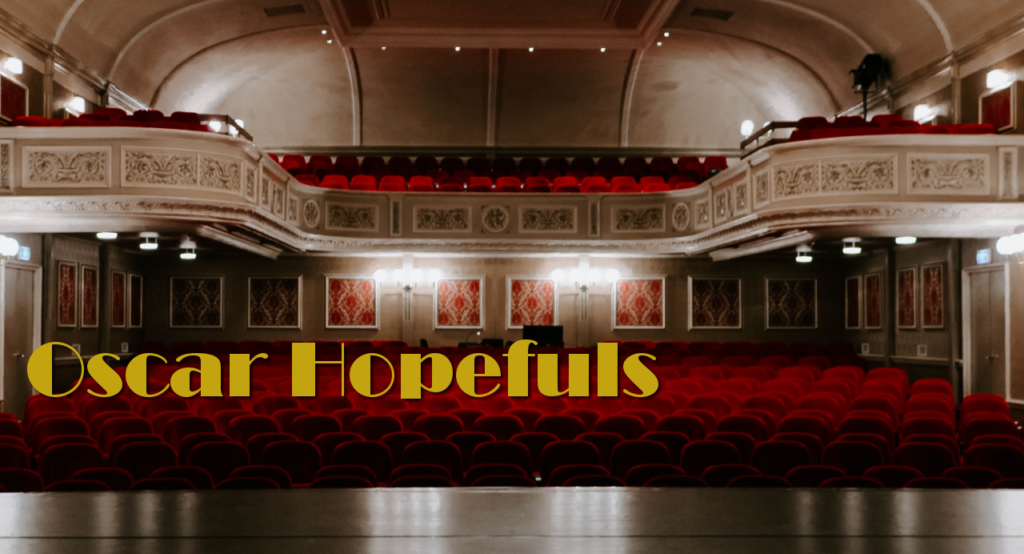


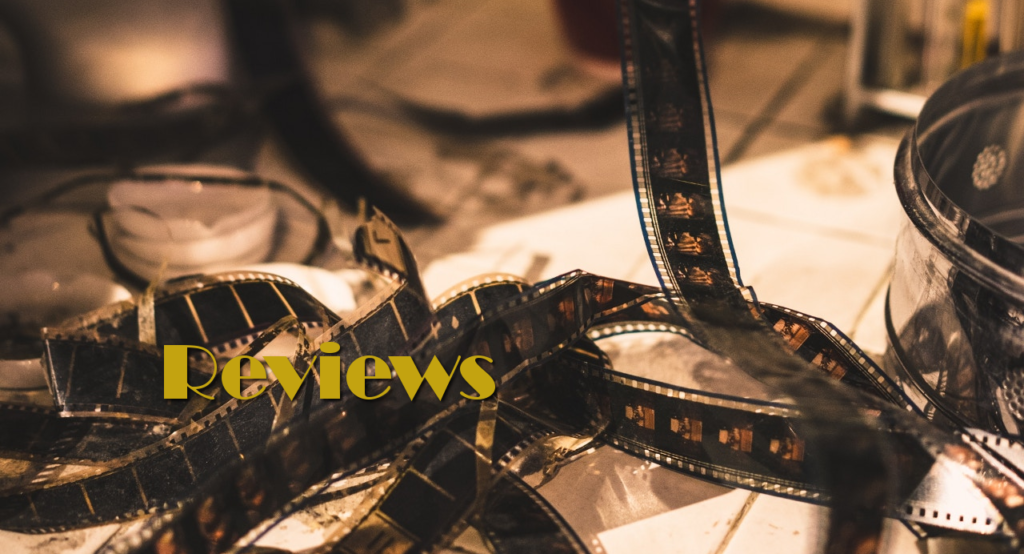
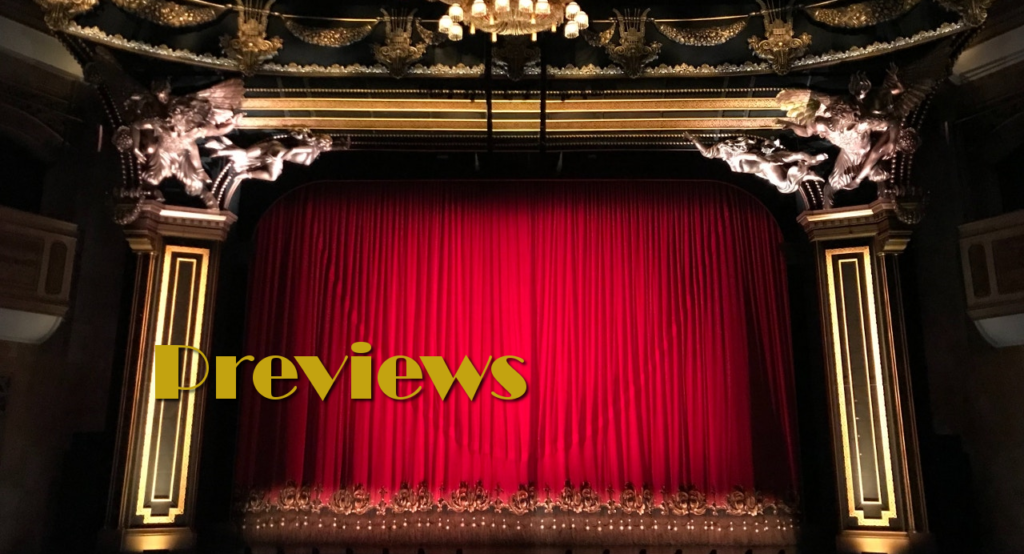



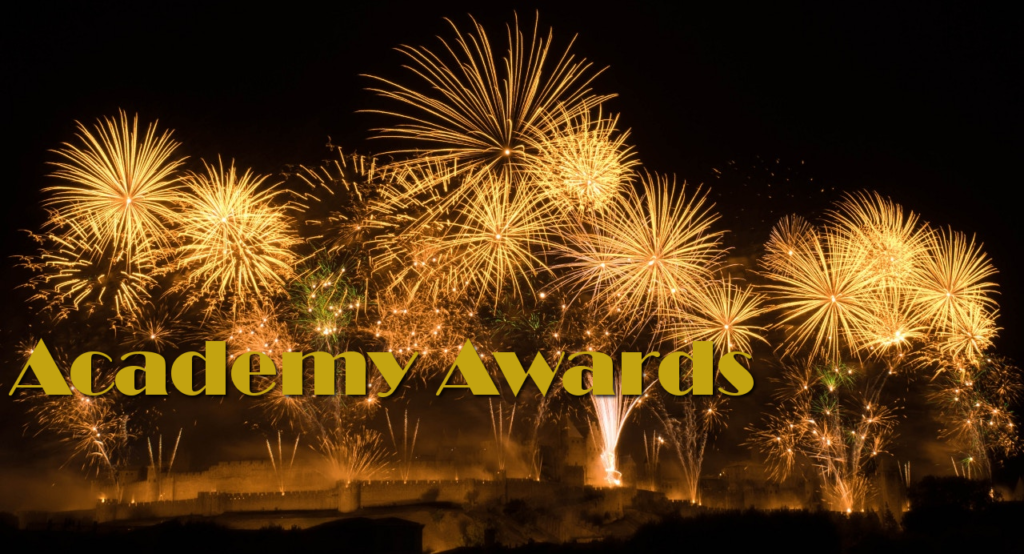


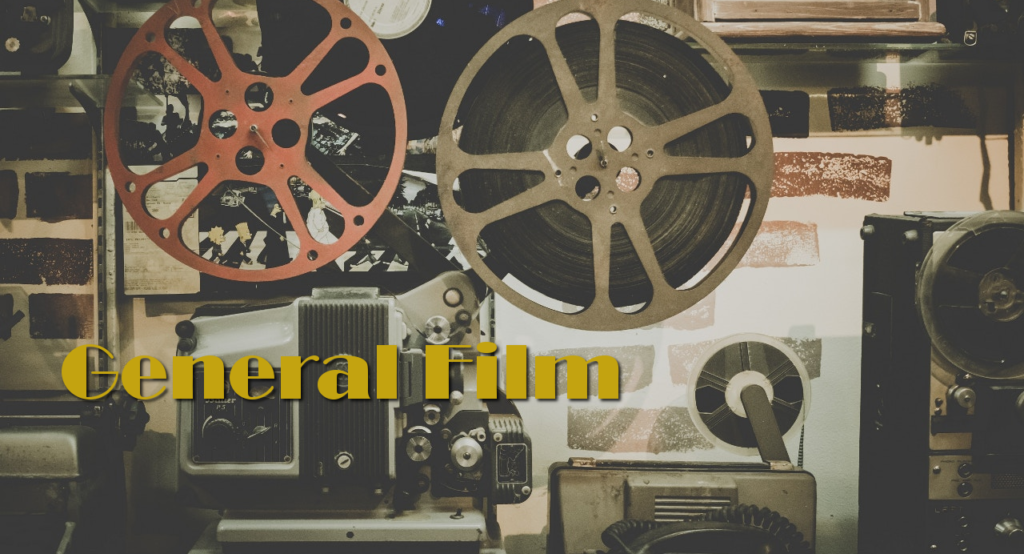
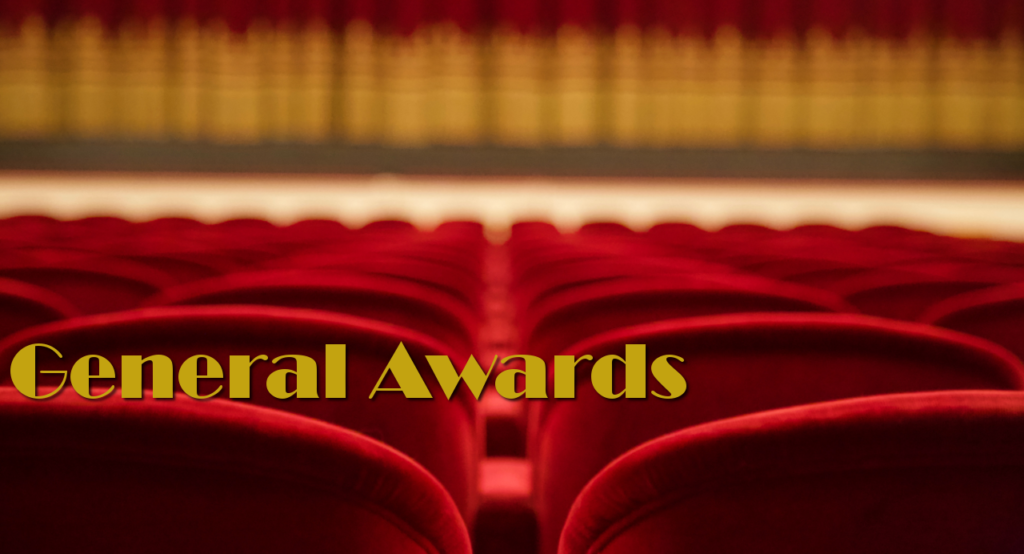
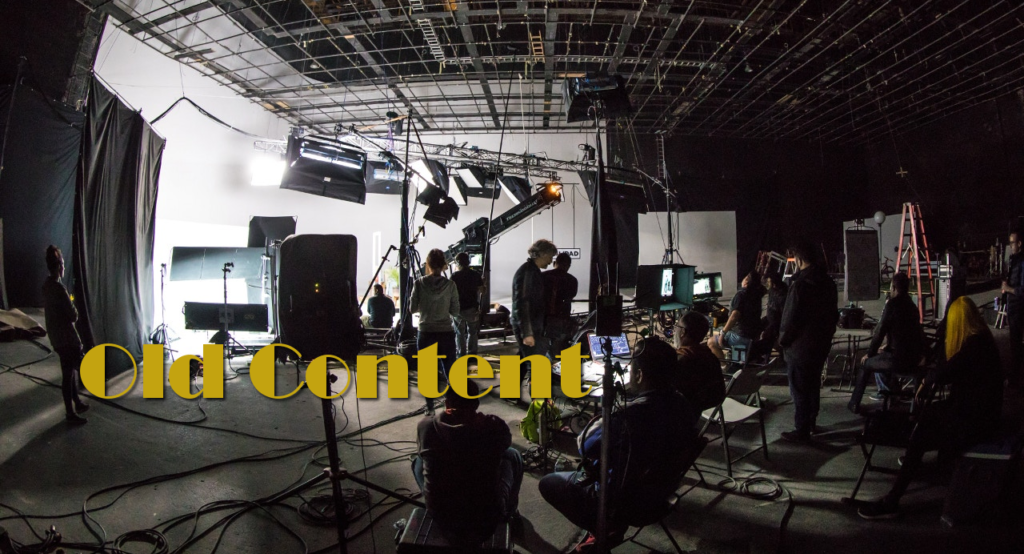
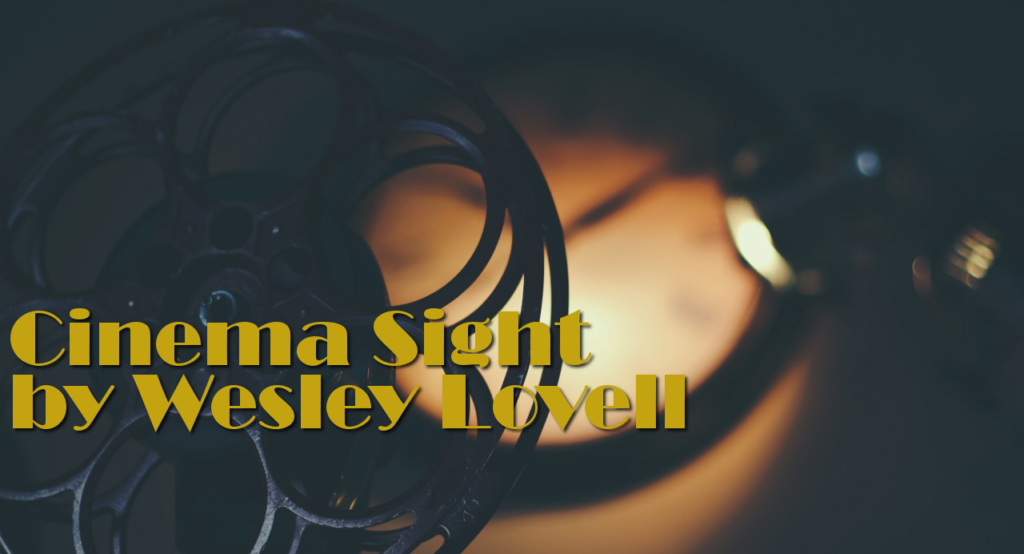


Leave a Reply